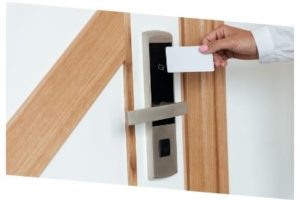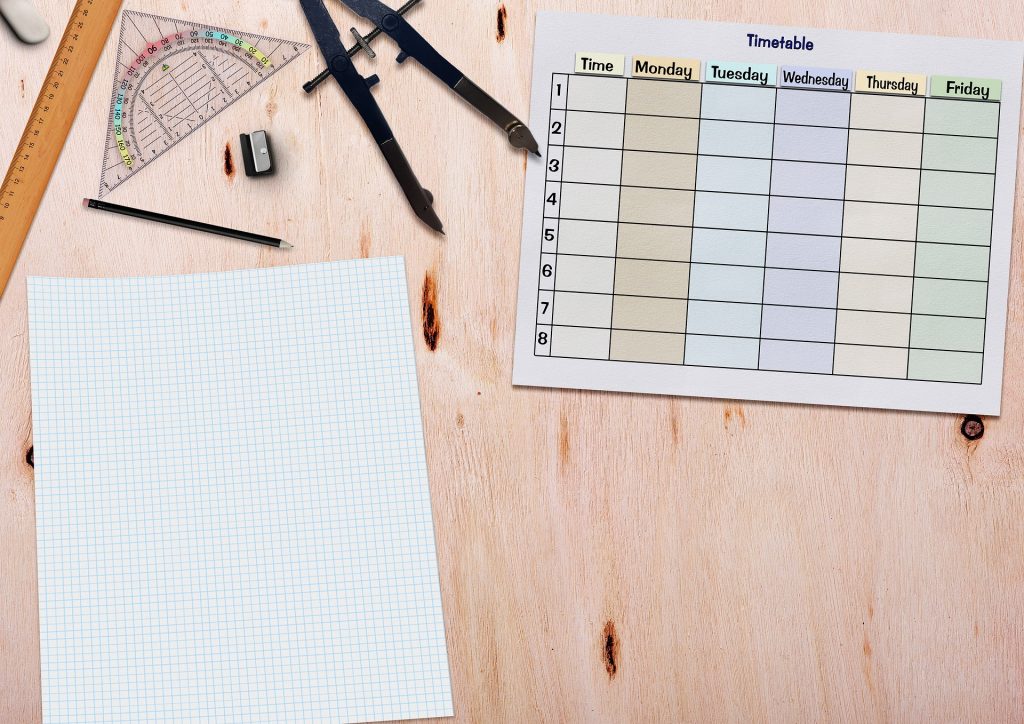Did you know that time cards have literally been around for hundreds of years? As the only true means of tracking employees’ actual work time so that companies could pay accurate wages, time cards have been a ‘more-than-essential’ piece of the employment puzzle for as long as can we can remember. However, the evolution of these so-called time cards has changed quite dramatically over the years.
 The first known use of a time card was recorded in the 19th century and was invented by a man named Daniel Cooper. Essentially, his early time recording machine was called the Rochester Recorder (Sounds pretty snazzy, right?). During this time, there was a huge surge in the number of people looking for work in factories and local shops, and a reliable method of tracking the number of hours worked by employees became essential. However, Cooper wasn’t the only one out there jumping on the time recording machine bandwagon. Willard Bundy and Dr. Alexander Dey both invented various versions of a time recorder, which used simple paper time cards that would be automatically stamped by the time recorders. However, despite their efforts, it was Daniel Cooper’s ingenious version that proved to be most accurate (and popular), as it showed both times “in” and “out” – revolutionizing the labor industry.
The first known use of a time card was recorded in the 19th century and was invented by a man named Daniel Cooper. Essentially, his early time recording machine was called the Rochester Recorder (Sounds pretty snazzy, right?). During this time, there was a huge surge in the number of people looking for work in factories and local shops, and a reliable method of tracking the number of hours worked by employees became essential. However, Cooper wasn’t the only one out there jumping on the time recording machine bandwagon. Willard Bundy and Dr. Alexander Dey both invented various versions of a time recorder, which used simple paper time cards that would be automatically stamped by the time recorders. However, despite their efforts, it was Daniel Cooper’s ingenious version that proved to be most accurate (and popular), as it showed both times “in” and “out” – revolutionizing the labor industry.
As the 19th century passed, these paper time cards became widely used all over the world. They evolved from simply noting the date and time to IBM’s innovation that added varying colors to indicate when an employee was late and when overtime was worked. They even re-lined the time for each day horizontally, so payroll employees could easily add up the total hours worked, saving huge amounts of time (and of course, money)!
 While these “classic” time cards are still used in many parts of the world today, the vast majority have chosen to jump aboard the evolutionary train of technology. Clock-based time recorders gave way to computers and plastic time cards. In the beginning, a time card consisted of a barcode that was assigned to a particular employee, and the employee would simply scan their barcode “in and out,” allowing the computer to record their time. Other variations had magnetic strips or radio frequencies that identified the employees’ ID numbers and recorded their comings and goings. These innovations made it much more difficult for any dishonesty in the realm of employee time (known as time theft), and the ability of payroll departments to quickly and easily total employees’ hours was, therefore, heightened.
While these “classic” time cards are still used in many parts of the world today, the vast majority have chosen to jump aboard the evolutionary train of technology. Clock-based time recorders gave way to computers and plastic time cards. In the beginning, a time card consisted of a barcode that was assigned to a particular employee, and the employee would simply scan their barcode “in and out,” allowing the computer to record their time. Other variations had magnetic strips or radio frequencies that identified the employees’ ID numbers and recorded their comings and goings. These innovations made it much more difficult for any dishonesty in the realm of employee time (known as time theft), and the ability of payroll departments to quickly and easily total employees’ hours was, therefore, heightened.
Today, even the plastic and magnetic cards have been pushed aside for “an animal” even more innovative and impossible to cheat – the biometric recorders. These machines have essentially eliminated the need for time cards almost entirely, by using employees’ fingerprints or even the tracking patterns of their veins to scan “in and out” of work. These latest and greatest inventions make clocking “in” or “out” for a buddy nearly impossible!
The way in which you choose to have your employees clock in and out can make a huge difference in productivity, time, and (most importantly) money. There is a wide variety of methods used by employers from mobile devices to fingerprint mechanisms to biometric scanners to PIN numbers – all of which can help a company maintain accurate accounts of employee time. However, the oldest, and most popular, tried-and-true method still remains the use of a time card.
While some companies use the much more antiquated method of literally punching a card or using a sign-in sheet, most systems have advanced over the years and provide much more accurate time management. From incorporating breaks and lunches to tracking the number of hours worked at any given time, electronic card readers truly take the hassle out of employee time management.
Barcode
 Barcode cards are simple to use and eliminate the need for an employee to remember their employee number or even a PIN number. Essentially each employee is assigned a card with a unique bar code printed on it. When they arrive to work, leave, or take breaks, they simply swipe the card, and the computer automatically reads the date, time, and employee’s name. It’s really that simple. However, a major drawback that exists is that these cards can be given to other people to fraudulently clock in and out, as there isn’t a full-proof way to verify if the person who is swiping the card is actually the employee whom the card belongs to.
Barcode cards are simple to use and eliminate the need for an employee to remember their employee number or even a PIN number. Essentially each employee is assigned a card with a unique bar code printed on it. When they arrive to work, leave, or take breaks, they simply swipe the card, and the computer automatically reads the date, time, and employee’s name. It’s really that simple. However, a major drawback that exists is that these cards can be given to other people to fraudulently clock in and out, as there isn’t a full-proof way to verify if the person who is swiping the card is actually the employee whom the card belongs to.
Magnetic
 These cards are quite similar to the barcode cards; however, instead of swiping the barcode through the reader, an employee would simply wave their card that is equipped with a magnet inside across the scanner, clocking them in and out. This method is very quick and is great for large companies where many employees are coming and going. Again, these can be assigned to employees, allowing the employer to easily track time during work, lunches, and breaks. Ideally, these can be placed near building entrances and exits, so employees can simply wave their cards as they come and go.
These cards are quite similar to the barcode cards; however, instead of swiping the barcode through the reader, an employee would simply wave their card that is equipped with a magnet inside across the scanner, clocking them in and out. This method is very quick and is great for large companies where many employees are coming and going. Again, these can be assigned to employees, allowing the employer to easily track time during work, lunches, and breaks. Ideally, these can be placed near building entrances and exits, so employees can simply wave their cards as they come and go.
Proximity
Proximity cards and readers are faster and more efficient than either the barcode or magnetic cards – simply because you do not have to physically swipe the card. Cards that must be swiped have to be pulled off of key chains or out of wallets, which takes time. With a proximity reader, an employee merely has to be within a few inches of the reader, and it will wirelessly detect the card, and scan it. An employee, for example, whose card is in her purse needs only hold her purse near the scanner, and it will detect the card, recording time in or out.
Conclusion
So, while each type of time management card has its pros and cons, the size and routines of your business definitely dictate which card will fit your business best. Tracking employee time should be easy, accurate, and efficient.
So, which card will you scan?






